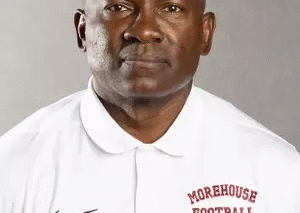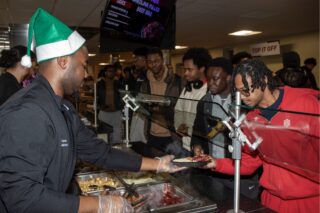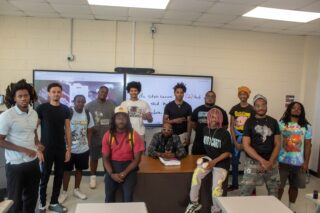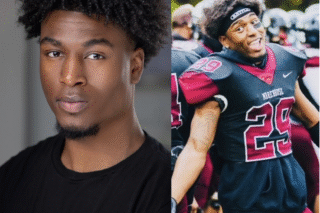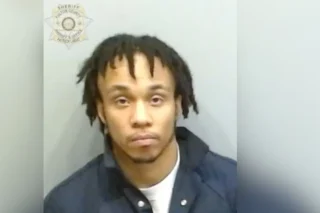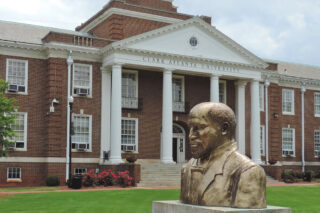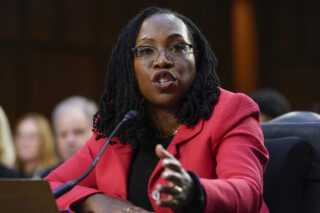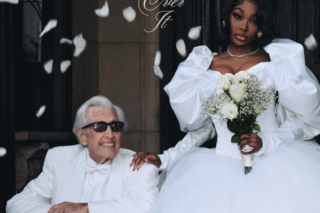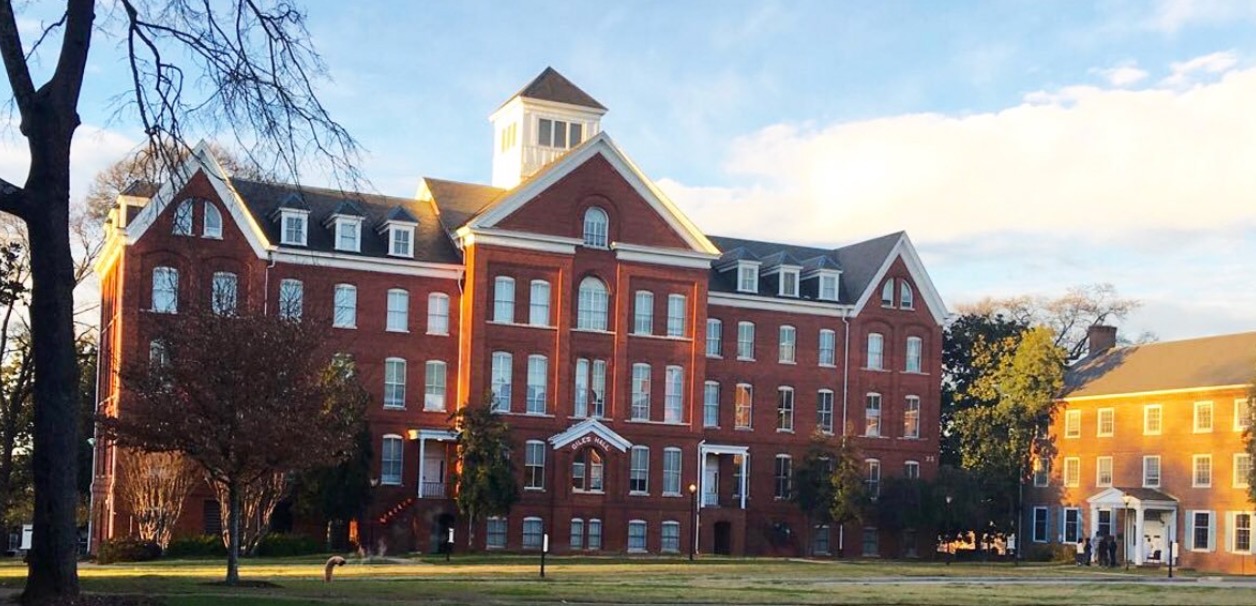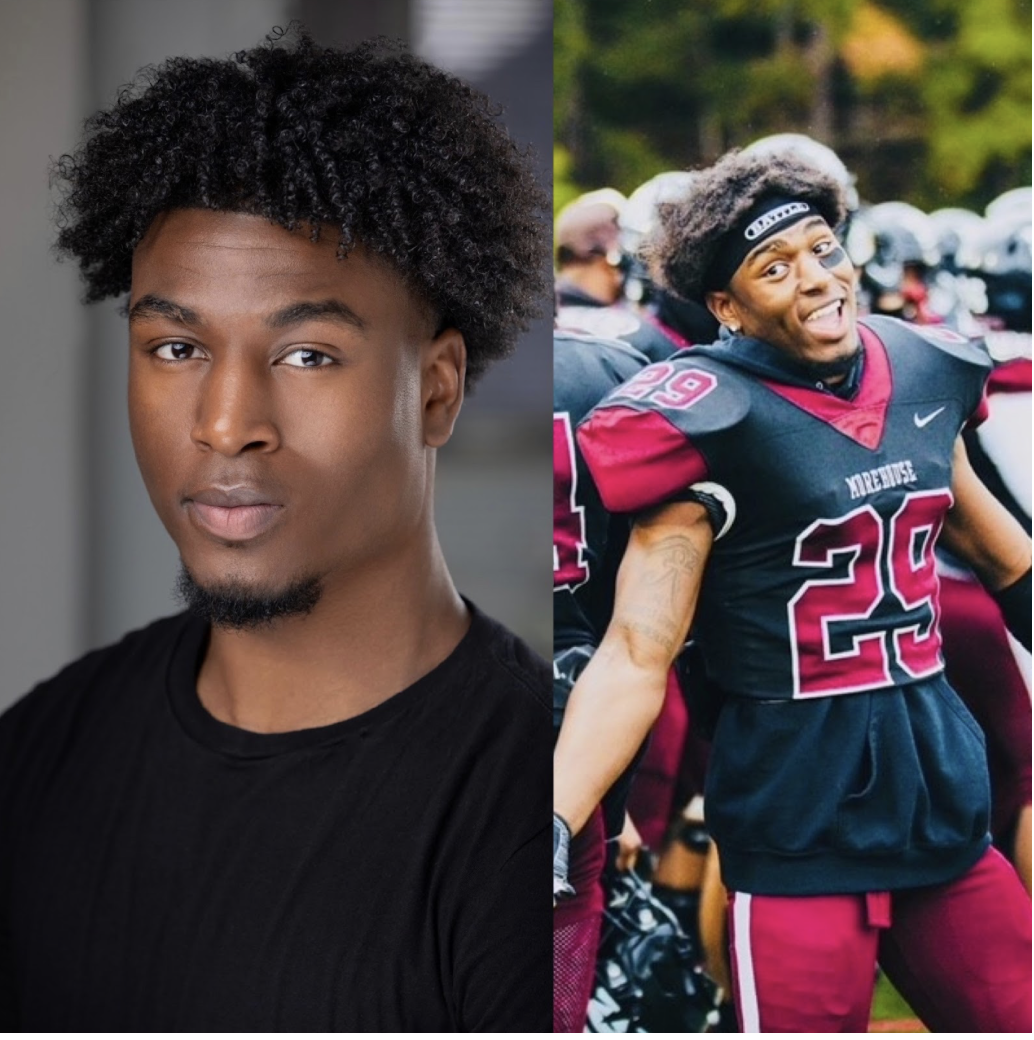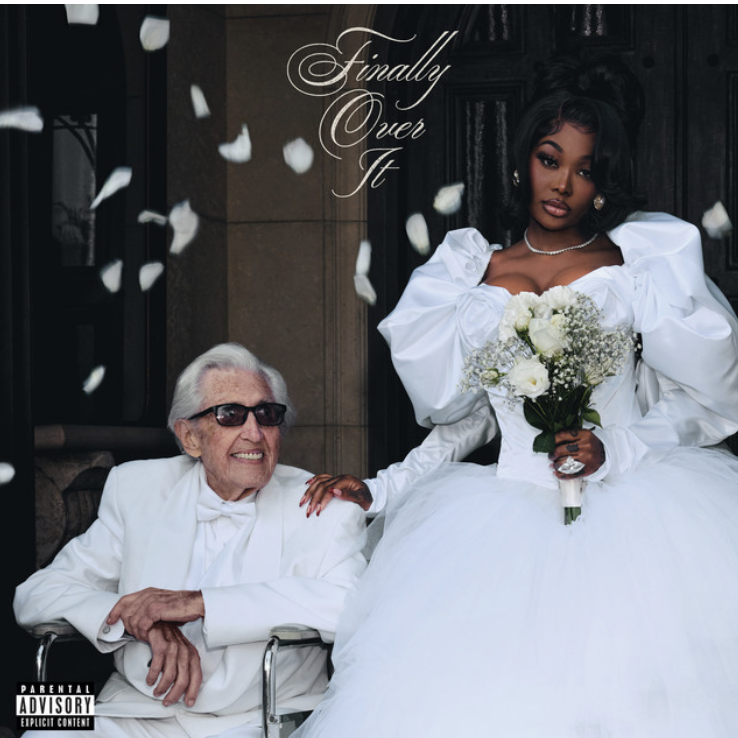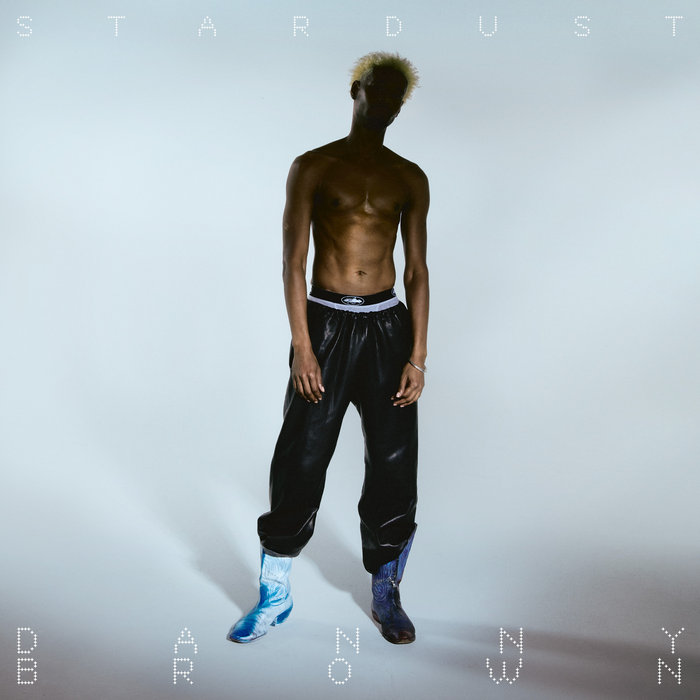Image via Google, Photo by Spelman Media
By Auzzy Byrdsell, Staff Writer
Keisha Knight Pulliam, PJ Morton, Faune A. Chambers, and Brian Tyree Henry are just a handful of Spelman and Morehouse College alumni who have successfully matriculated in different avenues of the arts. The history of the arts at Spelhouse — Spelman College and Morehouse College — once had a prestigious reputation. In recent years, the students on our campuses no longer feel that same prestige from their art programs.
Current Spelhouse students are innovators in the theater, on the stage, in the studio, on the canvas, in their rehearsals, and in every place, they build their crafts. However, they do not feel respected or supported by the administrations or student body for what they create.
Many of these students grew up immersed in artistic environments, programs, and grade schools that prospered their talents. Since leaving high school, their growth as artists has been hindered by a lack of resources and recognition.
College is the place to kick-start your desired career and establish your adult self. For artists, their medium is the catalyst for that development. The luxury of creating your art and expressing it is essential to artistic and individual growth.
“My art is important to me because not only is it a large part of my humanity and who I am but also because it saved my life, to be honest”, says Jerald Butler, a Morehouse senior majoring in art and minoring in psychology from Seattle Washington.
He says his art gives him identity and voice in a chaotic world.

Photo by Jerald Butler, ‘Orange Moon’ by Jerald Butler
Butler transferred to Morehouse from Seattle Central College where he was able to earn a degree in fine arts and complete prerequisites. Since middle school, his drawings and paintings were featured in school newspapers and murals around the city of Seattle. At Morehouse, he’s had trouble finding a community to grow with fellow artists.
“The funding and attention are so focused on tech and everything else”, Butler says “ it kind of puts us in a box where we have to create our own opportunities.”
This is a result of the lack of opportunities artists have to showcase art. The only notable, consistent artistic events that get support from the leadership of the colleges are Glee Club performances and The Vagina Monologues, an annual showcase of singing, dancing, acting, and creative writing that encompass the empowerment, vulnerability, and uniqueness of womanhood.
Other artistic showcases like Festival of Eccentrics (FOE) and Art After Dark are completely student-created, led, and promoted. Therefore, artists struggle with visibility.
“If the school doesn’t care about it then that gives students less incentive to care about it,” says Patience Stuckey, a junior sociology and anthropology major and writing minor at Spelman from Atlanta.
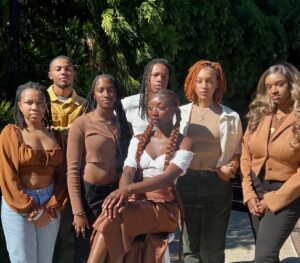
Stuckey pictured front middle, Photo by Unknown
She is the president of Next Great American Poets (NGAP), a non-profit poetry organization at Spelman for the past 15 years. She has contributed to both FOE and Art After Dark. She has been in the artistic community since her freshman year but her work and talent have gone under the radar.
“Everybody can benefit from it, but not everybody is exposed to it”, she says.
Black innovation has touched each avenue of art. Its omnipresence is a result of its massive exposure and distribution.
When there is a disconnect in this phenomenon we fail to recognize who our artists are and how to credit them.
“The state of where we are right now with our art is there’s never a guarantee for an audience and never a guarantee for some that will care,” Stuckey says.
“It’s just a lack of exposure — how do you grow to love and respect and care about something you literally didn’t know was happening.”
The lack of resources and facilities contributes to the lack of opportunities. In 2021, the fine arts building at Spelman was temporarily closed for renovations but those renovations have taken longer than students expected leaving them no space to cater to their crafts. As a result, Spelman artists are spread around different parts of the campus without standard facilities.
However, Morehouse, the Ray Charles Performing Arts Center (RAYPAC) is equipped with stages, audience space, backstage space,and classrooms dedicated to performing arts. Surprisingly since returning from the COVID-19 pandemic there has yet to be a single showcase event geared towards the art majors in RAYPAC.
This has kept artists separated, hindering the fruition of an artistic community containing all forms of art.
At Morehouse, artists like Butler have to cross-register at Spelman since Morehouse does not offer the facilities or curriculum to support them.
One of whom is Tori Jackson, a junior theater major at Morehouse from Decatur, Georgia. He has also been in both FOE and Art After Dark.
“If that [fine arts] building isn’t done soon, we would’ve gone our entire matriculation with no building,” he says.
Jackson is a class of 2024 junior meaning that he entered Morehouse in the midst of the pandemic. All students were taking virtual classes for at least a full year. Virtual learning hinders all forms of education; artists specifically need hands-on experience and instruction to grow.
“Even if it is finished by next school year, we would’ve only had one year of our matriculation in a building,” Jackson says.
Spelman has started construction on an $86 million Center for Innovation & the Arts but is not projected to be completed until 2024 according to Spelman news.
If any STEM major went without labs, equipment, study spaces, or other resources, that student wouldn’t be competitive in that respective field. Jackson elaborated on how he does not feel prepared to compete with other actors in his program at Morehouse.
Since he’s been a student there has not been a single theater production held in the major. Jackson says the majority of his peers have no knowledge of his acting ability.
“If I were to explain to majors — non-art majors— they actually have the opposite, like they’re very fulfilled and have every resource that they need when music majors and art majors never have what they need,” says Elycia Woodham, a junior music major, political science minor from Virginia.
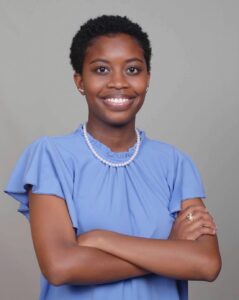
Elycia Woodham, Photo by JCPenny
She is a vocalist participating in the glee club. You can watch their 96th Annual Morehouse-Spelman Christmas Carol Concert here.
With other departments like political science, biology, and business being successful, they become blind to the hardships and efforts of other departments.
“It’s really so complicated— more complicated than people give it credit for,” Woodham says, “I think because they see such a stellar, awesome product they discredit that.”
“I’m disappointed coming to Spelman specifically just because I know that it’s not as in-depth and elaborate and it’s not how I wanted my music experience to be,” she says.
The artistic process is a physical, mental, and emotional journey from an idea to its execution.
Behind the scenes pages are torn, scripts are redrafted, lines are forgotten, choreographies are changed, notes are missed and rehearsals are run over time. But even after those things are resolved, stages still need preparations, props still need organization, and execution still needs administration.
The state of the art majors pushes away other talented artists wanting to pursue art curriculums because they don’t feel the departments would support them enough.
For example, Nathaniel Whitaker is a junior majoring in both sociology and Africana studies. He was previously majoring in cinema, television, and emerging media studies (CTEMS), but left the department after not being fulfilled.
He most recently wrote and directed a trailer fora show called “Penny”, a dramatic, live-action reboot of the beloved show “The Proud Family”. You can watch it here.
“The people who have control over who gets the money and what not need more involvement,” he says.
He also suggests the narrative behind success at Spelhouse needs to include art as a reliable path to success.
The students who have shared their experiences all represent different art forms, yet they have parallel experiences at Spelhouse. However, recent alumni have had similar experiences within the arts.
Chelsi Lester is a ‘22 Spelman alumna from Atlanta who majored in dance performance and choreography. She performed in school-wide recitals during her time; you can see some of her work here. She now works as a dance instructor for young ladies.
As she spoke highly about her dance sisters, she couldn’t share that attitude in the rest of her story.
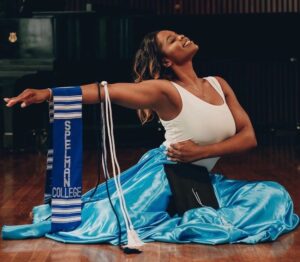
Chelsi Lester, Photo by Calvin Maurice
“It’s taxing on all parts; we have to read books, write papers and show up to rehearsal,
“We have the same workload as any other department but it’s just done in a different way,” she says.
Everything she had to share lined up exactly with the current students’ experience. She spoke on lacking facilities, lacking performance opportunities, a disconnect from the student body, and lacking support from the administration.
“I did not get everything that I expected to get out of it,” Lester says.
In order to turn these disparities around we have to find better and more frequent ways to uplift creativity.
“It can just start with more empathy, more understanding, and more support from the [faculty] that are supposed to be supporting us,” Stuckey says.
Some artists have voiced that even though their professors have other careers away from teaching, they still seek better support and advocacy from their faculty.
“I think it boils down to what the school values; it kind of seems like the arts isn’t really acknowledged or even looked at until they need to welcome in the new students,” Butler says.
When the Spelhouse community prides itself on producing well-rounded talent in all fields, we owe it to our students to support them when they need our support and not just when we need theirs.
“It’s an administrator problem, it’s not a professor problem; the foundation is there, we’re just missing the building,” Woodham laughs.
As hard as our students already work, they shouldn’t have to work from behind and work with what they may or may not be provided no matter how well they work from behind.
The movies we watch, the music we love, the dances we do, and the writing we love all exist because of the artist who produces them. We must invest in them as we invest in what they create.
Copy Edited by Andy Harris


